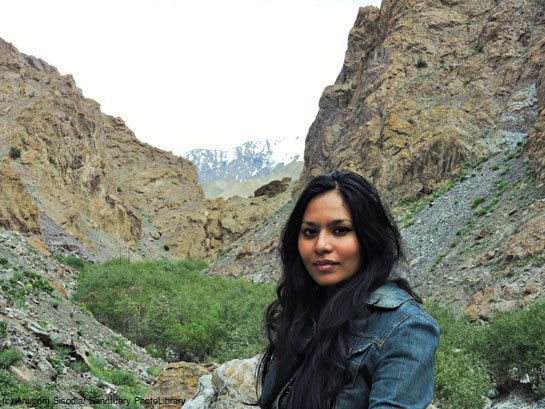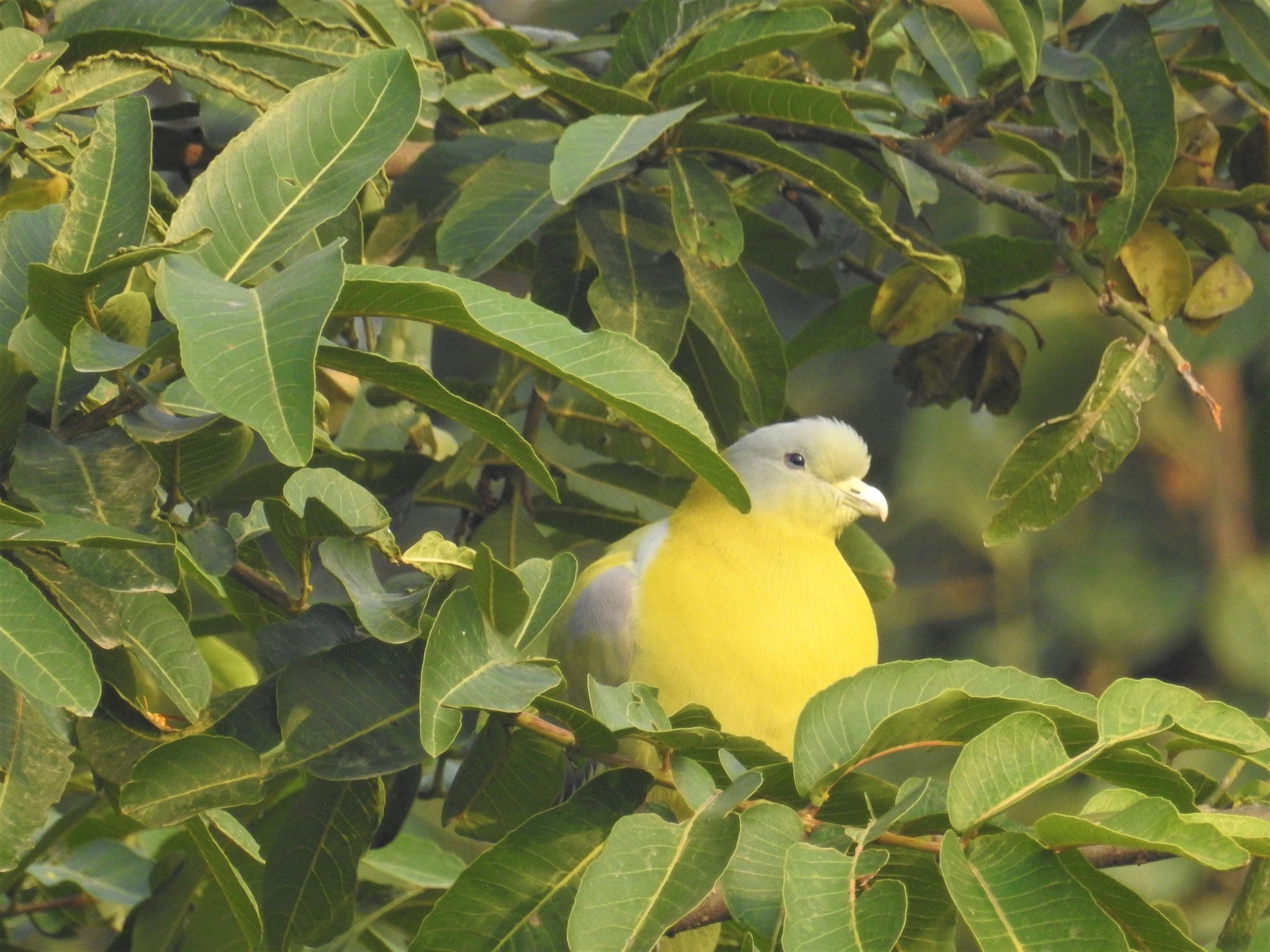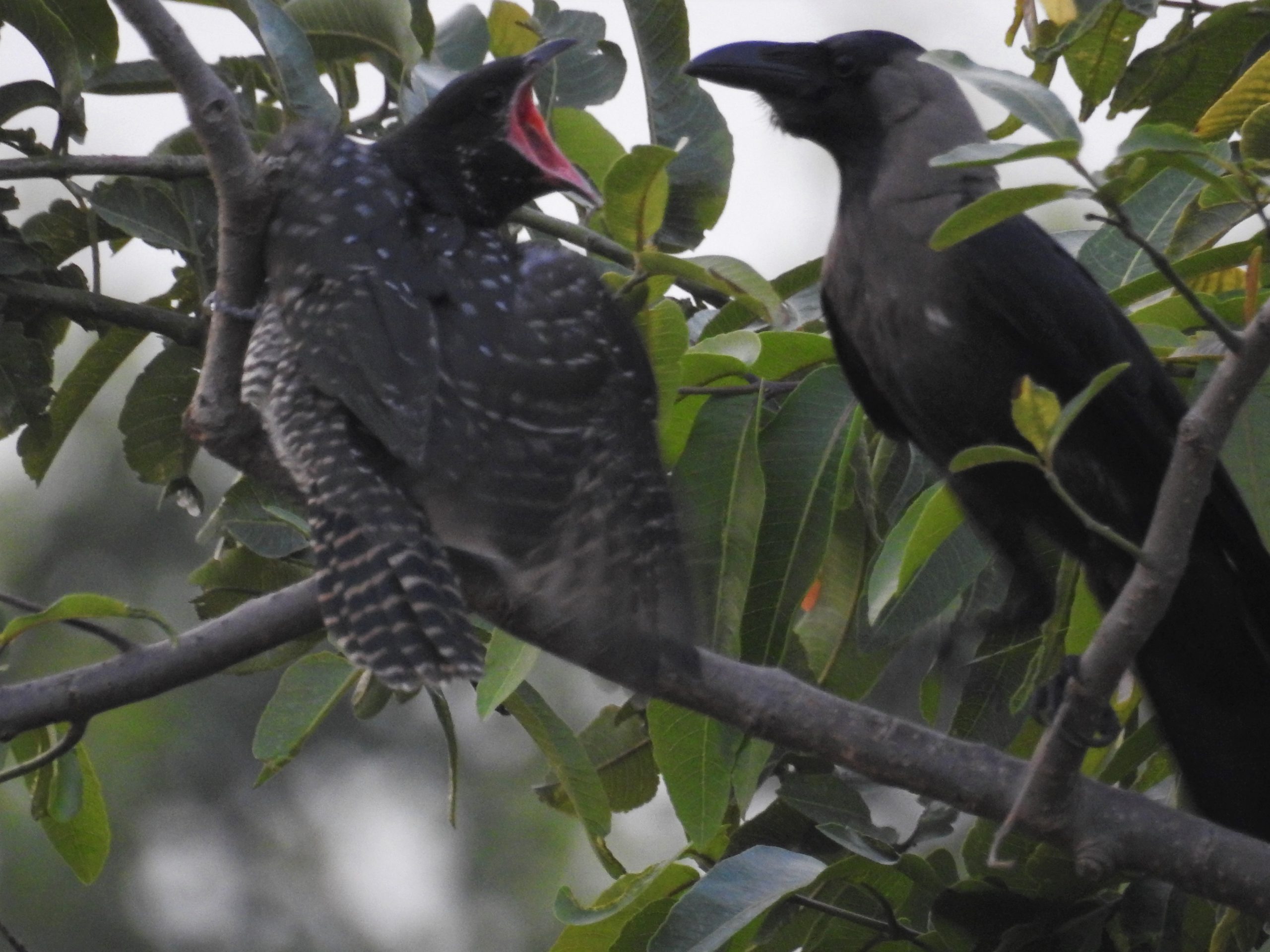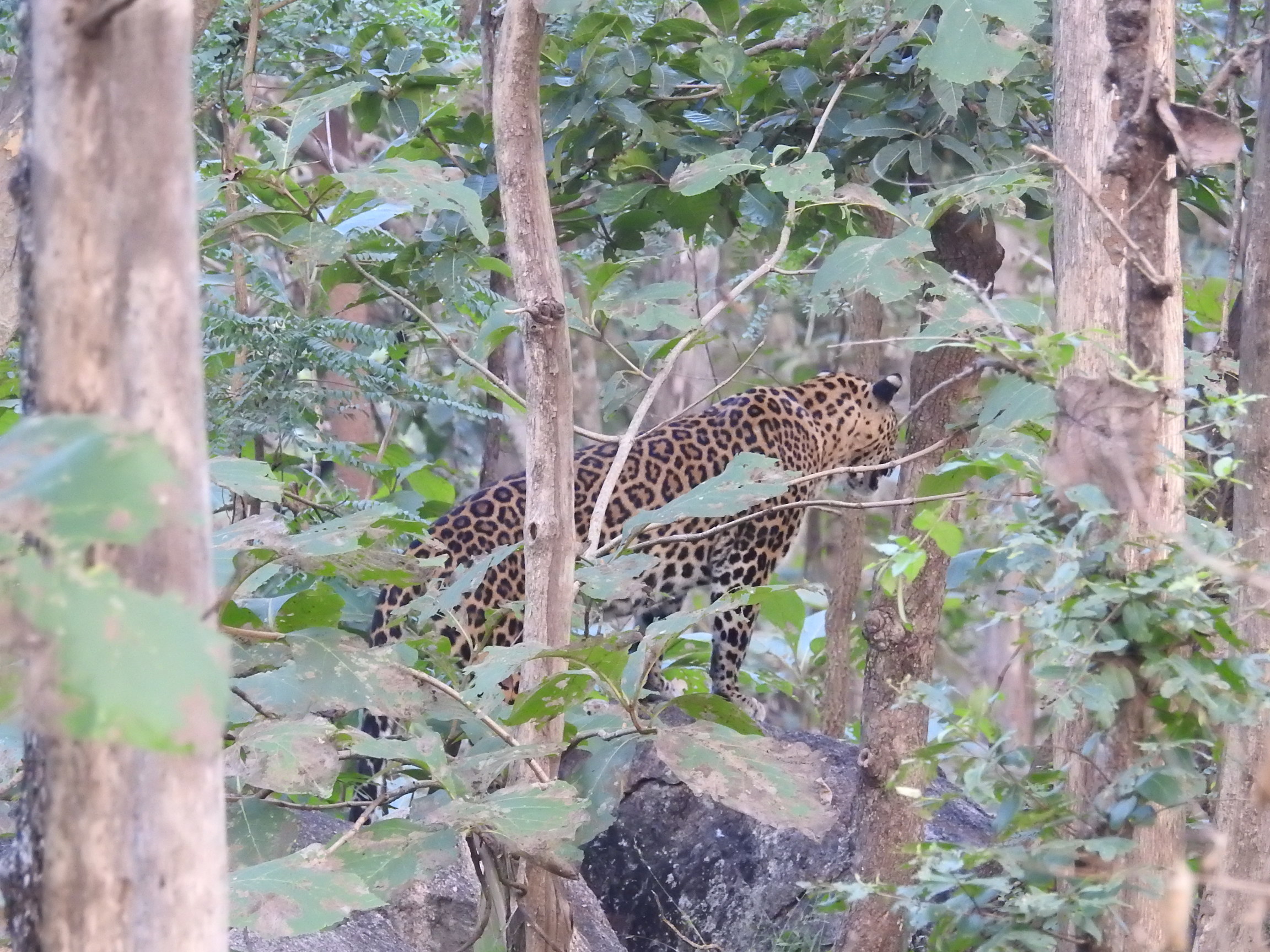The ‘nip in the air’ is now a bite into the lungs
Looking at Nature with intricate, living detail can help us through the Anthropocene’s sicknesses


The Sone ki chidiya has clipped wings, and she is covered in tar.
I don’t like looking into the past to shape my future—but it is undeniable that India was, and is, beautiful. Almost as beautiful as the plumes of a peacock are our historical structures created in pink sandstone and white marble; almost as beautiful as the straight spine of the deodar tree are the millions of points of traditional ecological knowledge which know how to cure everything, from back-ache to hurting hearts. (Oils for back-ache, Arjuna bark for the heart.)
But its also undeniable that we are in the middle of a public health emergency. If Premchand were alive, the impoverished protagonist of Poos ki Raat would be coughing from air pollution, not just the cold.
The coming of winter is no longer a happy time for India. While the National Capital takes up air pollution headlines, we also have 14 of the world’s most polluted cities. And while farmers are blamed by city folk for burning stubble, no one considers how farmers suffer the consequences of air pollution too.
Today, the coming of winter means a toxic smog that holds our lungs like claws, its talons cutting deeply into us as we try to ward off dizziness and nausea. The ‘nip in the air’ is now a bite into the lungs. This is compounded by the fact that North India has cold wave related deaths each year. All planning must consider the cumulative impacts of dry and extreme cold—which without heating, will kill you—along with increased air pollution in winter.
Climate change may increase global warming, but it also adds to overall pollution because more coal-fired appliances are used for cooling (or warming). And other extreme events—cyclone Bulbul, Fani, Gaja or Nargis—keep coming.
We must ask for both heating and cooling solutions—running on clean power; and we must ask for them not just in cities but the villages, where exposure to the elements mean unmourned and unregistered deaths due to heat, cold, lightning strikes and floods.

But what can the individual do?
One of the easiest and most effective solutions for air pollution is planting trees near where people live. India already knew this; it was contractors and a concrete-pouring epidemic that first started cutting trees. Let me nuance this further—trees are a lived experience, a friend and a mentor for many forest and village communities; they are more than oxygen pumps. And therefore, these knowledge systems can teach us a thing or two about looking at nature with intricate, living detail.
Dharhara village in Bihar plants trees when a girl child is born, and it was featured in a Republic Day jhaanki (tableaux). In many villages, a big tree almost becomes a person. The twisting trunk holds secrets, prayers and wishes. In West Bengal, there is sometimes a story of a ghost living in the tree, that watches the years go by just like the village folk. Scenes in rural India are replete with meetings under trees; temples under trees, goats and cattle tethered under trees. Gond villagers use Bada Dev tree (The Saja tree,Terminalia tomentosa) leaves for worship—but they have a quota for how many leaves they will take. They will carefully break branches and take less than ten leaves.
Recently, I was in Bastar in Chattisgarh. The sky had opened up like a wound and it was pouring with rain. I was worried about mosquitoes (Bastar is an endemic malaria area). But I didn’t have to worry—nothing could make it through the pouring rain. In the cloudy darkness, our host and hostess were making dinner for us. Dinner came late; by then I was maddened by hunger. I had checked for food a couple of times in the kitchen already, and the head of the house had shooed me out. The reason for why dinner was late soon became clear – our friends were putting together new cutlery for us. In the cities, we read of old heirloom silver being taken out for new guests. In many rural communities, new plates are made for new guests—from the leaves of the majestic Sal (Shorea robusta) tree. It is a great honour to eat in plates stitched up for you; it is not just indigenous rice one will eat, but one also gets to absorb a handicraft that is so effortlessly created from a branch of leaves.

This easy intimacy with trees lends itself to every aspect of life. Villagers know exactly where to cut the stem of a fishtail palm to make a frothing, intoxicating toddy. They know how to make a perfect, urn like wooden instrument to catch this forest beer. They know in how many hours the sweetness of the toddy will vanish, and when the tree is ready for a new harvest. Trees that give shade, trees that cure disease, trees that help you unwind—all of this is precious local knowledge that places a deep connection with nature at its core and trunk.
In cities, we talk about installing air filters to cure our diseases. It would also help if we talk to fellow citizens in villages and educate ourselves on trees and plants that can help us.
The big solutions are clear—the government needs to act on moving to clean energy, upgrading fuel standards and providing tackling biomass burning. But the small solutions come from experiencing knowledge that is specific to our soil, air and soul.
Each day in Delhi, I look at an Arjuna tree (Terminalia arjuna). As the winter settles and the smog increases, the tree is increasingly hard to see. The tree is useful not just for a range of medicines, but also for a host of wildlife. Squirrels scamper down its branches like they have meeting after meeting to attend. I recently saw a crow feeding its massive, parasitic koel chick on the tree. Coppersmith Barbets sing from the branches, Brown-headed barbets hop like trapeze artists between leaves, and Yellow-footed Green Pigeons doze from between the arjuna fruit.
But more than anything, I remember Ashok, my Gondi friend in Madhya Pradesh. He has high blood pressure. To cure it, he crushes the Arjuna bark and eats it. But what is most touching is how he does it. Like many other members of the community, he asks the tree for permission before taking anything from it. He takes minute, measured amounts of bark or leaves. When he feels he has taken too much, he moves to another tree.
I am just a wildlife conservationist. Ashok is the real wildlife lover. Through his eyes I steal a bit of tree-life. This respect and deep-rootedness is the answer to the sicknesses of the body, and the problems created by the Anthropocene, the Age of Man. As we look for technological solutions to the problems we have created, let’s not forget Ashok standing next to his Arjuna.

